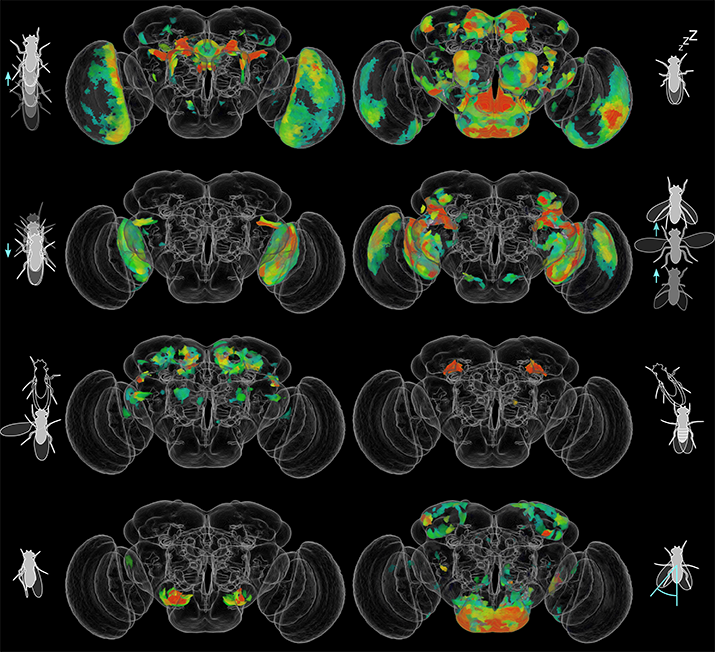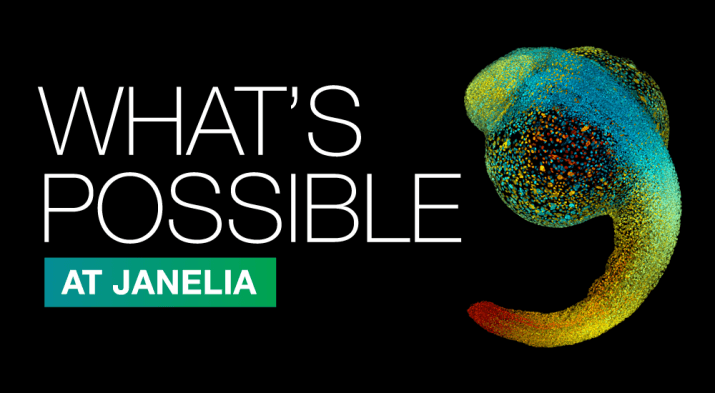
Research Scientist Alice Robie, a neuroscientist working in a Janelia Research Campus computer science lab, has a unique opportunity to help other biologists extract meaning from their large datasets. “Making usable tools is a much more difficult engineering problem than simply writing an algorithm, and being at Janelia gives us the time to be able to do that,” she says.
One biologist-friendly tool Robie helped develop lets researchers decipher which individual neurons are linked to specific behaviors. The Janelia Automatic Animal Behavior Annotator (JAABA), created in Janelia Senior Group Leader and Head of Computation and Theory Kristin Branson’s laboratory, takes the manual labor out of studying behavior. Rather than collecting data from hours of videos, researchers can teach JAABA which animal behaviors to identify and log.
The program uses computer vision and machine learning to track an animal’s position and categorize its behavior in every video frame. This allows researchers to study known behaviors and also identify new ones that escape the human eye.
For example, Robie found that turning on a certain set of neurons in a fruit fly’s brain could cause its wing to move two millimeters per second faster. A human observer would never see that, but JAABA can.
Robie, Branson, and their collaborators ultimately developed an interactive, cellular-level map of which neurons in the fruit fly brain lead to certain behaviors. Over 18 months, the team studied 400,000 fruit flies performing social behaviors and movements like walking, stopping, aggressive chasing, and the courtship behavior of wing opening. It would have taken humans around 3,800 years to analyze that video data.
“The world is full of computer science algorithms that would be very useful to biologists,” says Robie. “They just don’t necessarily have access to them or the skills to use them.” Robie’s work in the Branson Lab is helping to change that by creating tools based on a two-way dialogue between biologists and computer scientists, and seeing them through to experimental results.

